The common crane, despite its name, had not been a regular sight in Ireland for over 300 years. The common crane became locally extinct in Ireland in the 1700s and has been a rare visitor since. Conservation efforts in the UK raised the country’s common crane population from none in 1970 to over 200 individuals today.
Sightings of common cranes have increased in Ireland over the last two decades as they wandered over to Ireland from the UK.
Simultaneously, Bord na Móna has begun rewetting peatlands – the preferred habitat for common cranes.
These two factors have seen the first attempt in three centuries of the common crane breeding in Ireland.
A pair of common cranes tried to breed in 2019 and 2020, but these efforts were ultimately unsuccessful.
It is, however, not unusual for common crane pairs to fail to fledge chicks for the first several years. In 2021, two chicks hatched but it is unclear if the chicks were preyed upon or were able to escape.
Two common crane chicks have hatched again this year, and hopefully will fledge successfully. The nesting site is situated in rewetted peatland in the midlands, but more details on the location have not been shared to prevent human disturbance to the breeding pair and their chicks.
Spotting the common crane
Common cranes are between 1m and 1.3m tall and can have a wingspan up to 2.4m. Their feathers are grey, but the forehead is red, and their long necks are white and black. These birds are impressive in flight with their imposing size making them easy to distinguish from other Irish birds. The common crane features in Irish mythology and place names, such as the Curragh meaning “crane meadow”. Unfortunately, the draining of peatlands during medieval times and cranes’ popularity as a meal for humans led to their extinction here.
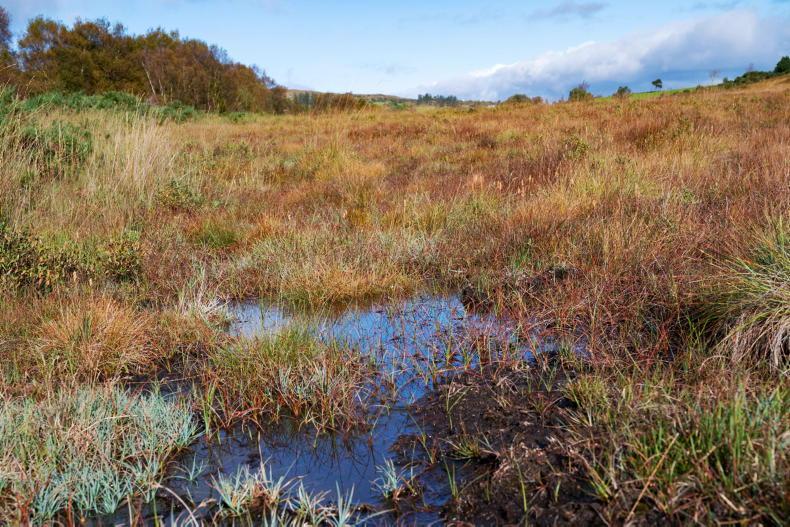
The restoration of bogs previously cut by Bord na Móna for peat has created an attractive habitat for common cranes to nest in, encouraging the re-establishment of a species long absent from Ireland. The rewetted boglands also provide a habitat for other smaller, less noticeable animals including dragonflies, butterflies and amphibians.
The return of the common crane to Ireland signals the potential to preserve and increase Irish biodiversity, and hopefully common crane numbers in Ireland will continue to rise.
The common crane, despite its name, had not been a regular sight in Ireland for over 300 years. The common crane became locally extinct in Ireland in the 1700s and has been a rare visitor since. Conservation efforts in the UK raised the country’s common crane population from none in 1970 to over 200 individuals today.
Sightings of common cranes have increased in Ireland over the last two decades as they wandered over to Ireland from the UK.
Simultaneously, Bord na Móna has begun rewetting peatlands – the preferred habitat for common cranes.
These two factors have seen the first attempt in three centuries of the common crane breeding in Ireland.
A pair of common cranes tried to breed in 2019 and 2020, but these efforts were ultimately unsuccessful.
It is, however, not unusual for common crane pairs to fail to fledge chicks for the first several years. In 2021, two chicks hatched but it is unclear if the chicks were preyed upon or were able to escape.
Two common crane chicks have hatched again this year, and hopefully will fledge successfully. The nesting site is situated in rewetted peatland in the midlands, but more details on the location have not been shared to prevent human disturbance to the breeding pair and their chicks.
Spotting the common crane
Common cranes are between 1m and 1.3m tall and can have a wingspan up to 2.4m. Their feathers are grey, but the forehead is red, and their long necks are white and black. These birds are impressive in flight with their imposing size making them easy to distinguish from other Irish birds. The common crane features in Irish mythology and place names, such as the Curragh meaning “crane meadow”. Unfortunately, the draining of peatlands during medieval times and cranes’ popularity as a meal for humans led to their extinction here.

The restoration of bogs previously cut by Bord na Móna for peat has created an attractive habitat for common cranes to nest in, encouraging the re-establishment of a species long absent from Ireland. The rewetted boglands also provide a habitat for other smaller, less noticeable animals including dragonflies, butterflies and amphibians.
The return of the common crane to Ireland signals the potential to preserve and increase Irish biodiversity, and hopefully common crane numbers in Ireland will continue to rise.






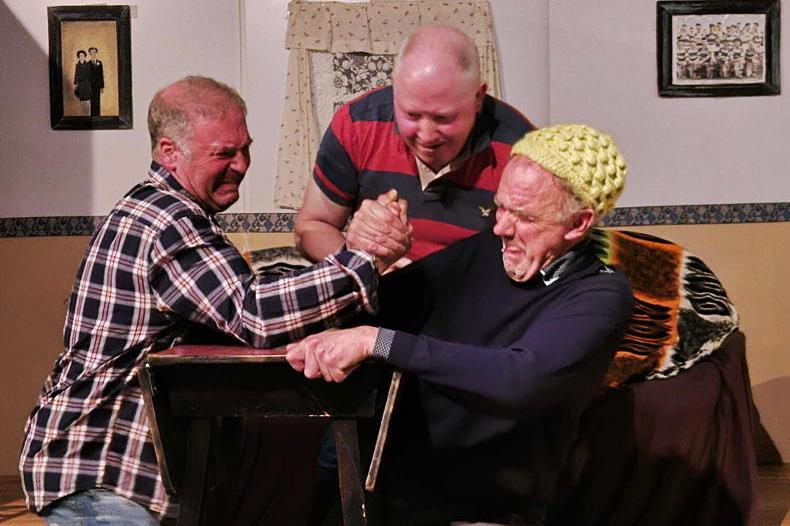

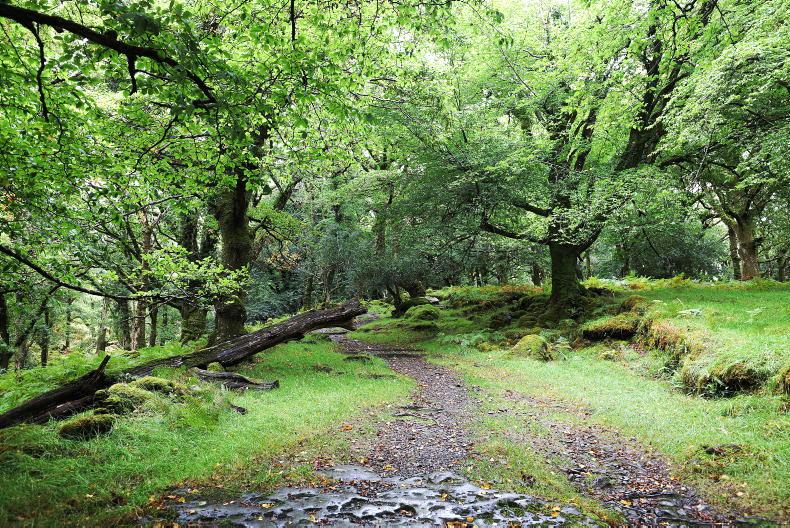
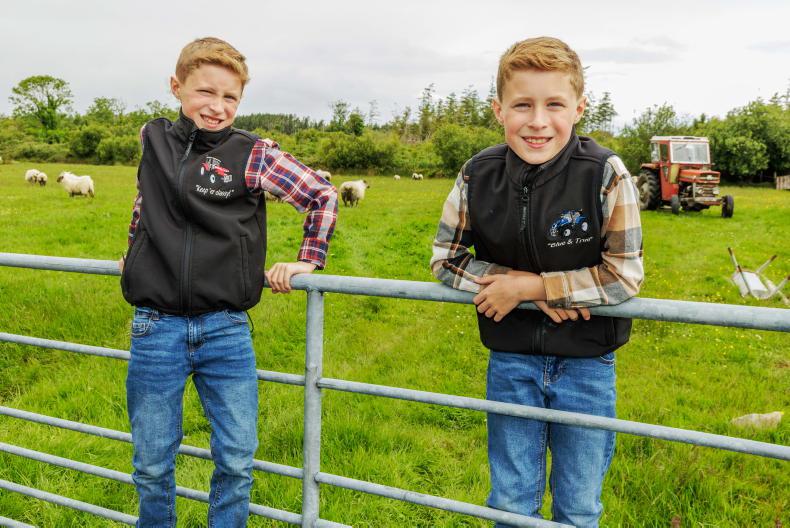
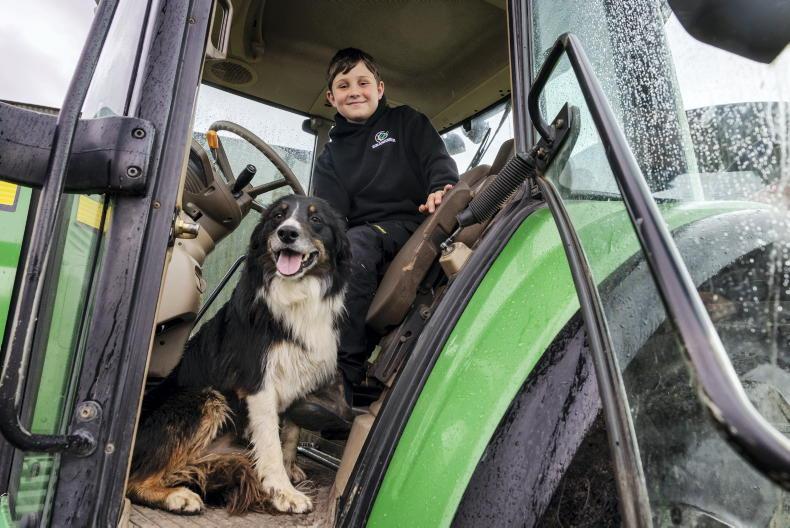
SHARING OPTIONS